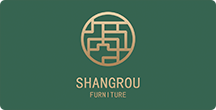In the realm of mattress manufacturing, consumers are often caught in a dilemma between supporting local industries and opting for globally produced options. The distinction goes beyond mere geography; it encompasses factors like economic impact, environmental sustainability, and employment practices. Local manufacturers often tout benefits such as shorter supply chains and reduced carbon footprints, whereas global manufacturers can exploit scale economies to offer potentially lower prices and broader product ranges. As we consider these factors, one must also question whether these global efficiencies compromise the quality and ethical standards that many consumers are now prioritizing. How does one navigate these complexities to make a choice that aligns with both comfort and values?
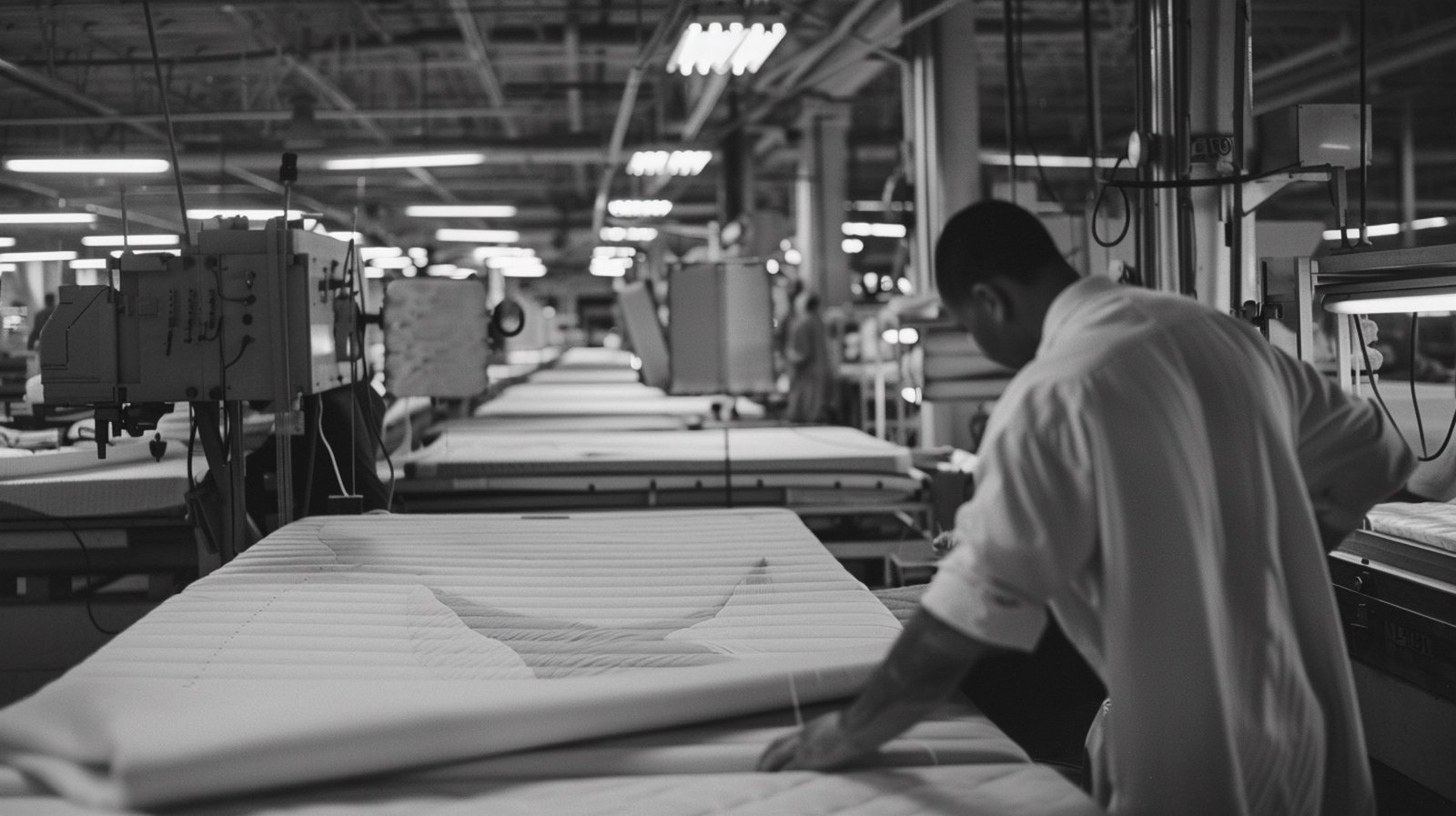
The mattress, an essential component of daily life, has a rich history that dates back to approximately 77,000 years ago. Initially, ancient sleeping solutions were rudimentary, crafted from natural plant materials in South Africa to form substantial resting spaces.
This evolution timeline highlights a trajectory of continual improvement and adaptation influenced by cultural contexts and available resources. By 3,400 B.C., the Egyptians introduced a significant leap in mattress materials by incorporating elevated wooden pallets for the elite, while commoners used palm leaves.
Historical innovations further accelerated with the Romans, who engineered an early form of the waterbed, adapting the mattress to include a design that allowed children to recline into warm water.
The Renaissance period witnessed further refinement with softer fillings such as straw and feathers, alongside luxurious bed covers made from velvet and silk. These developments were not merely functional but were also influenced by social and cultural factors, reflecting the wealth and status of their users.
Through these stages, mattresses mirrored the technological and material advancements of each era, from the simple straw setups to the introduction of spring coils and beyond, marking a sophisticated journey from mere necessity to a symbol of comfort and innovation.

Reflecting on the historical evolution of mattresses provides a foundation for understanding their manufacturing origins. Initially, mattresses were simple, locally sourced constructions. Today, the industry spans a complex global network, influenced by consumer preferences for eco-friendly materials and local manufacturing. Buyers increasingly demand products that align with both local economic support and global environmental standards.
The choice between local and global manufacturing is not merely about geographic preference but involves a broader consideration of cost, quality, and environmental impact. Local manufacturing supports regional economies and can reduce the carbon footprint associated with long supply chains.
However, aligning with global standards ensures that products meet high-quality benchmarks and ethical practices, attracting a segment of consumers who prioritize these attributes.
Furthermore, the integration of eco-friendly materials is becoming a significant factor in manufacturing decisions. Consumers are more aware and concerned about the environmental implications of their purchases, driving manufacturers to adopt practices that satisfy this demand.
Whether local or global, manufacturers must navigate these complex consumer preferences, balancing traditional craftsmanship with modern, sustainable practices. This balance affects not only the market but also the future direction of mattress manufacturing.
Understanding the diverse types of mattresses and their construction methods is crucial for making an informed purchasing decision.
Memory foam mattresses, celebrated for their pressure-relieving properties, are crafted with layers of polyurethane foam that adapt to body contours, offering substantial memory foam benefits like spinal alignment and reduced motion transfer. These mattresses typically incorporate advanced technologies such as hole-punching for enhanced breathability, addressing their tendency to retain heat.
Latex mattresses present distinct advantages through their eco-friendly materials and resilience. Constructed from either natural or synthetic rubber, these mattresses are favored for their durability and support, providing a responsive sleeping surface that can appeal to those seeking a balance of comfort and firmness.
Innerspring mattresses are built for innerspring durability, utilizing a core of steel coils that provide a traditional bounce and strong support. They are often complemented with layers of foam or fiber for added comfort.
Hybrid mattresses combine the features of foam and innerspring models, integrating multiple mattress construction materials to offer a versatile sleeping experience. These typically include layers of memory foam or latex atop an innerspring base, allowing them to capitalize on the benefits of both types in one unified product.
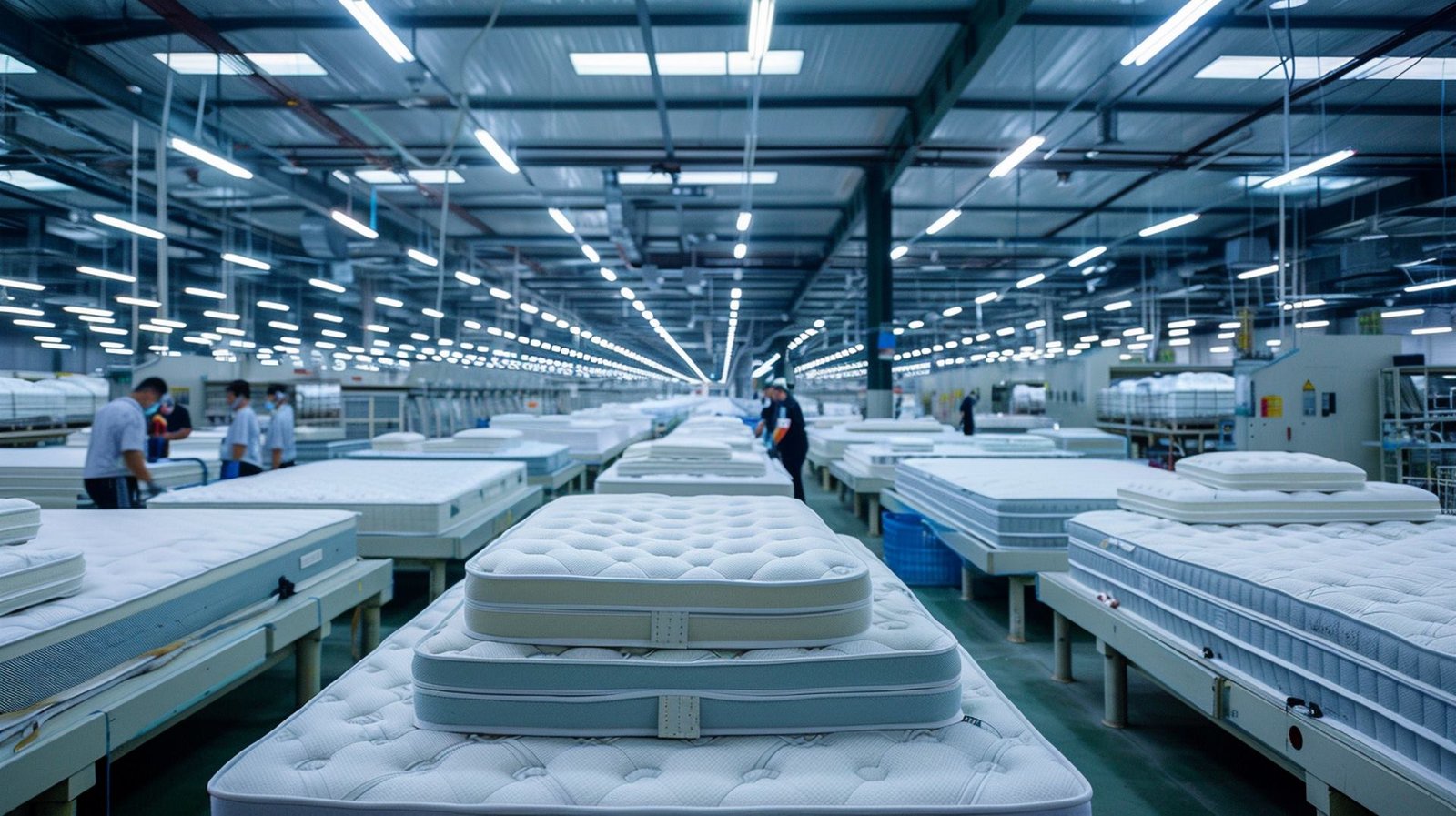
Exploring the origins of different mattress brands reveals a global tapestry of manufacturing practices. The diversity in manufacturing locations highlights the complexity of production quality, labor costs, and availability of mattress materials.
American brands such as 12 Park and Bear pride themselves on sourcing and producing entirely within the United States, emphasizing local quality and economic support. Conversely, brands like Awara and DreamCloud opt for manufacturing in China, possibly to leverage lower labor costs which can influence the final product price.
Key differences in manufacturing locations include:
These details empower consumers seeking control over their purchasing decisions by understanding where their mattresses are crafted and the implications of these choices.
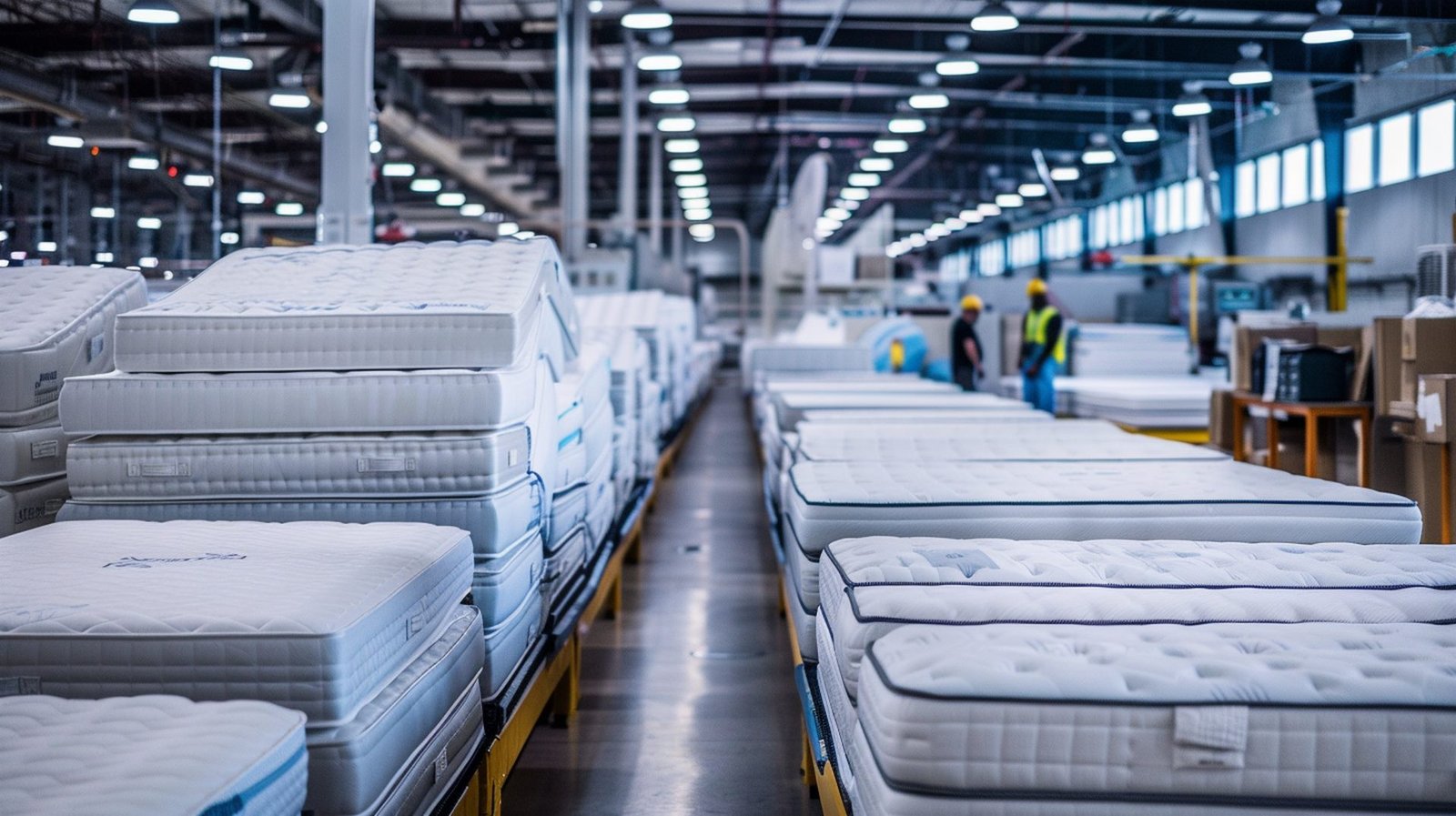
The decision to manufacture mattresses in various countries stems primarily from economic and labor considerations. Outsourcing motivations are influenced by the substantial labor cost disparities between countries like China, India, and Vietnam compared to the United States. These cost differences allow companies to maintain competitive pricing while enhancing profit margins. By leveraging lower wages abroad, firms can invest less in production costs and benefit from existing manufacturing infrastructures in these countries.
Additionally, consumer preferences play a pivotal role in global manufacturing decisions. While some consumers seek out the lowest price, regardless of origin, others place a higher value on products made domestically, associating them with superior quality and reliability. This dichotomy affects companies' strategies, balancing cost-efficiency with market demands for quality and trustworthiness.
The economic impacts of these decisions are profound. On one hand, outsourcing can lead to job creation and industrial growth in host countries, contributing to their economic development.
On the other hand, it can also result in economic and employment challenges in the home country, sparking debates about the long-term sustainability of such practices and their true cost to the local economy.
Contrary to common perception, the vast majority of mattresses sold in the U.S. are manufactured domestically, not in China. While it's true that imported mattresses are becoming more common, they currently represent only about 15% of the market.
These tend to be lower-cost options, often the "beds in a box" variety, which benefit from efficient shipping logistics due to their compressed packaging.
The rise in imported mattresses can be attributed to several factors:
Local manufacturers, however, maintain a strong presence in the U.S. market, particularly with higher-end brands that benefit from quicker turnaround times and lower shipping costs for uncompressed products.
This control over logistics and inventory provides a compelling advantage for retailers and consumers who prioritize quality and flexibility.
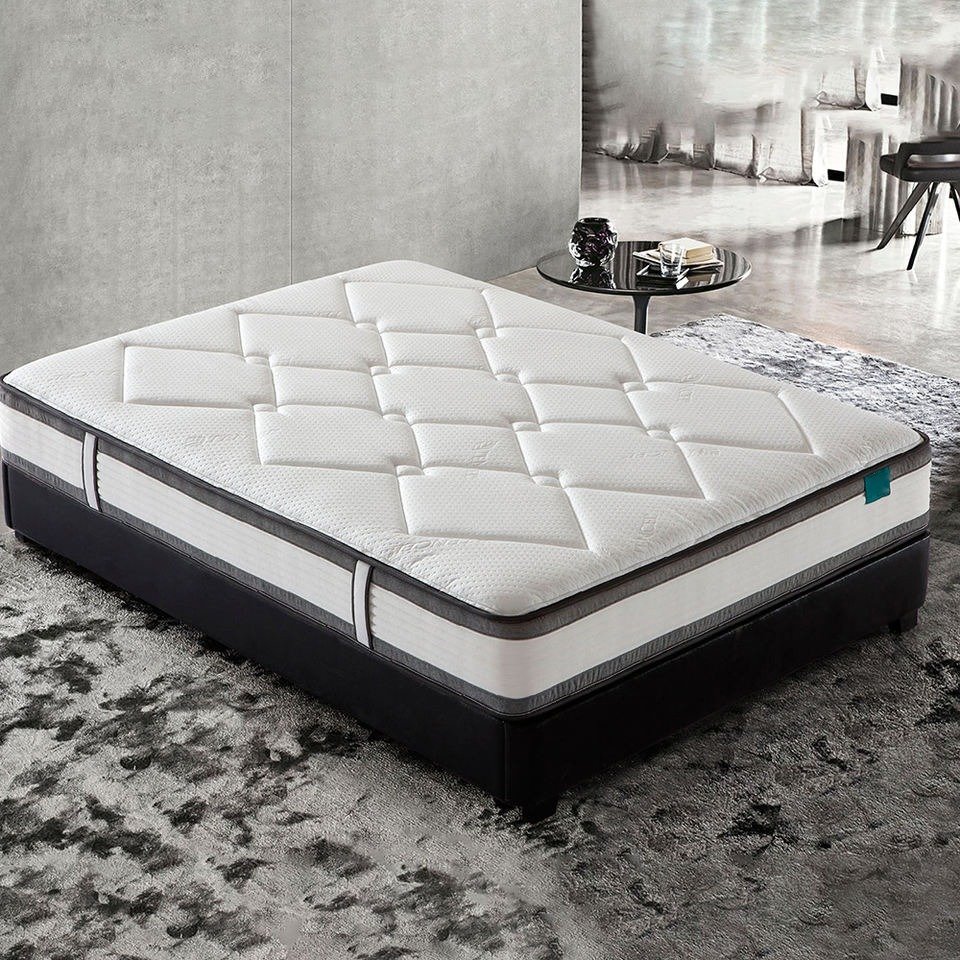
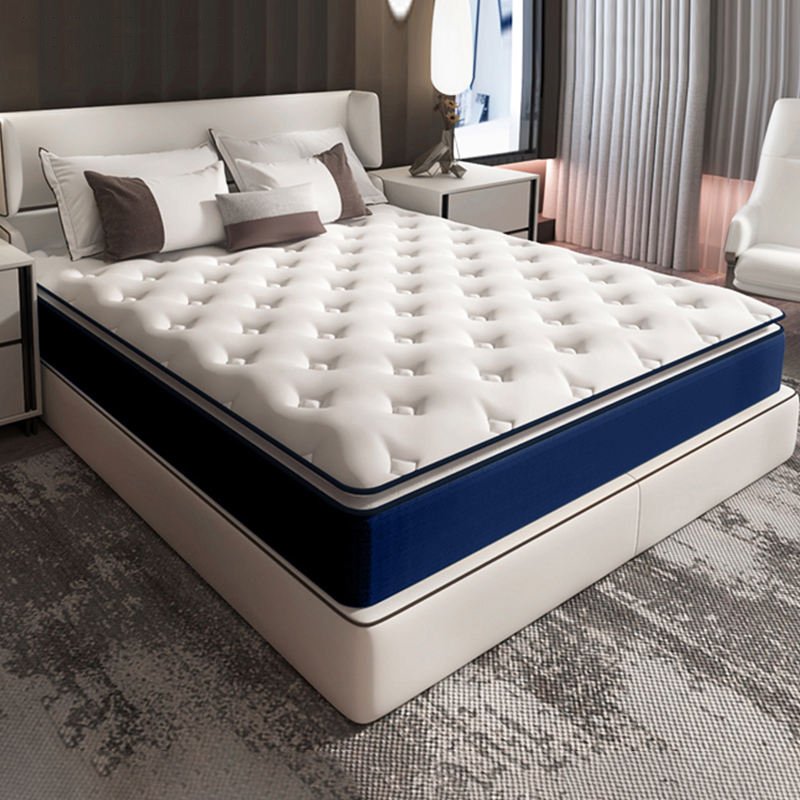

Why consider the best mattresses made in China? The nation has carved a niche in the global marketplace, not just through competitive pricing but also by elevating manufacturing standards and material quality. Discerning consumers worldwide are now recognizing Chinese mattress brands for their robust product offerings that cater to diverse consumer preferences.
Chinese manufacturers have meticulously enhanced their production processes to adhere to international quality standards, ensuring that their mattresses offer both comfort and durability. These improvements are supported by rigorous quality control measures that match, and sometimes exceed, those found in Western markets. This commitment to quality helps in maintaining a strong presence in competitive export markets, appealing to a broad spectrum of buyers.
Material quality in Chinese-made mattresses has seen significant advancements with the incorporation of cutting-edge technologies and superior materials. These include memory foam, latex, and advanced spring systems that provide optimal support and comfort.



Having explored the merits of Chinese-made mattresses, it is equally important to understand what specific attributes to consider when selecting any mattress. When deciding, it's crucial to look beyond mere marketing claims and focus on aspects that truly affect sleep quality and longevity of the product.
Here are some key factors to consider:
These considerations will empower you to choose a mattress that not only meets your sleep preferences but also offers the best investment in terms of durability and material quality.

Numerous consumers worldwide are discovering that mattresses made in China offer a compelling blend of affordability, innovative technology, and comprehensive quality. The country's mattress industry has leveraged advanced manufacturing technology to produce diverse and customizable products that meet a variety of consumer needs, from memory foam to hybrid designs.
This technological prowess ensures that each mattress not only adheres to stringent quality assurance protocols but also responds adeptly to current market trends, offering consumers the latest in sleep comfort innovation.
Furthermore, Chinese manufacturers are increasingly committed to sustainability practices, incorporating eco-friendly materials and processes that appeal to environmentally conscious buyers. This commitment is reflected in their products achieving international environmental and safety certifications such as CertiPUR-US and OEKO-TEX, reassuring customers of their investment in non-toxic and sustainable products.
The efficient supply chain and logistics capabilities of these manufacturers mean that customer satisfaction is high, with quick delivery times and consistently reliable product availability.
Combined with positive reviews from global consumers and endorsements from trusted international brands, mattresses made in China present a smart, budget-friendly choice for those seeking quality, comfort, and environmental responsibility in their sleeping solutions.
Selecting the right mattress supplier in China is critical for businesses aiming to balance quality, cost, and efficiency in their product offerings.
To navigate the complexities of sourcing from a country with such diverse manufacturing capabilities, it is essential to implement strategic sourcing strategies that prioritize quality assurance and cost management.
Understanding market trends will also guide your selection process, ensuring that your product aligns with consumer preferences and industry standards.
When choosing a supplier, consider these key factors:
Mattress manufacturing significantly impacts the environment through resource use and waste production. Employing sustainable materials, eco-friendly practices, and strict environmental regulations can reduce carbon footprint and enhance waste management, promoting greater ecological responsibility.
Yes, you can recycle your old mattress through various mattress recycling options, local disposal services, donation programs, and eco-friendly practices that serve as landfill alternatives, ensuring you maintain control over your environmental impact.
Warranty differences often hinge on warranty duration, material quality, brand reputation, customer service, and replacement policies. Local manufacturers may offer more personalized service, while global brands might provide longer, more standardized warranty terms.
Shipping distance significantly influences mattress cost, with longer distances increasing shipping costs, delivery times, and import taxes. Supporting local economies and sustainability practices can mitigate these impacts, offering more control over the final price and quality.
Ethical concerns in global mattress production involve labor practices, environmental regulations, and ethical sourcing. Consumer awareness and demand for fair trade can drive improvements, ensuring products meet higher ethical standards.
In the realm of slumber, the irony that cheaper mattresses are often shipped from afar, with significant environmental costs, stands in stark contrast to their budget-friendly allure. As consumers navigate this terrain, the decision often boils down to choosing between bolstering distant economies or supporting local sustainability. Thus, while one may save pennies at purchase, the true cost of global mattress manufacturing might just be a wake-up call to the value of investing locally.
Shangrou Furniture Co., Ltd., established in 2011, is a leading mattress manufacturer specializing in diverse designs, including pocket springs and foam. With advanced technology and 100% OEM/ODM services, we provide high-quality, innovative mattresses for global brands, ensuring exceptional craftsmanship and long-term partnerships.
